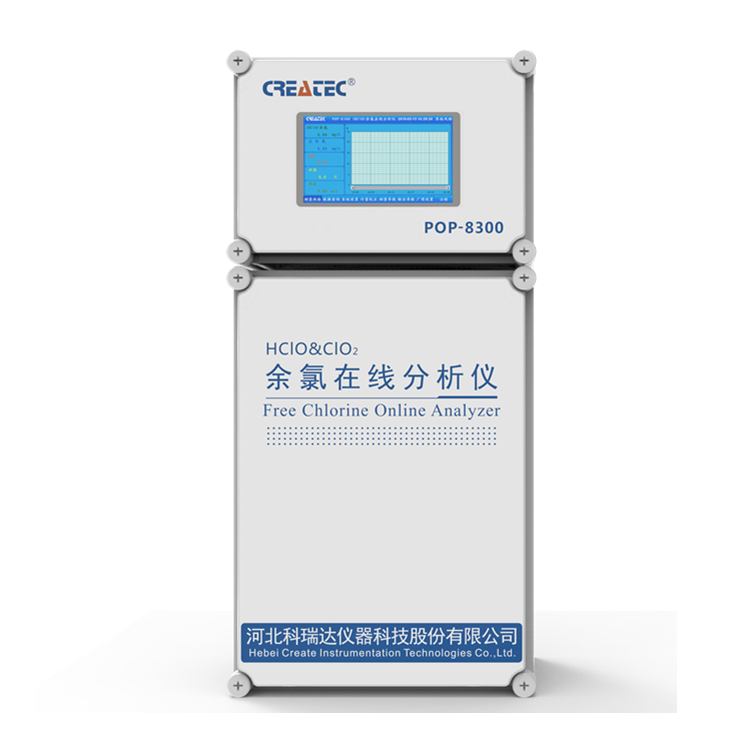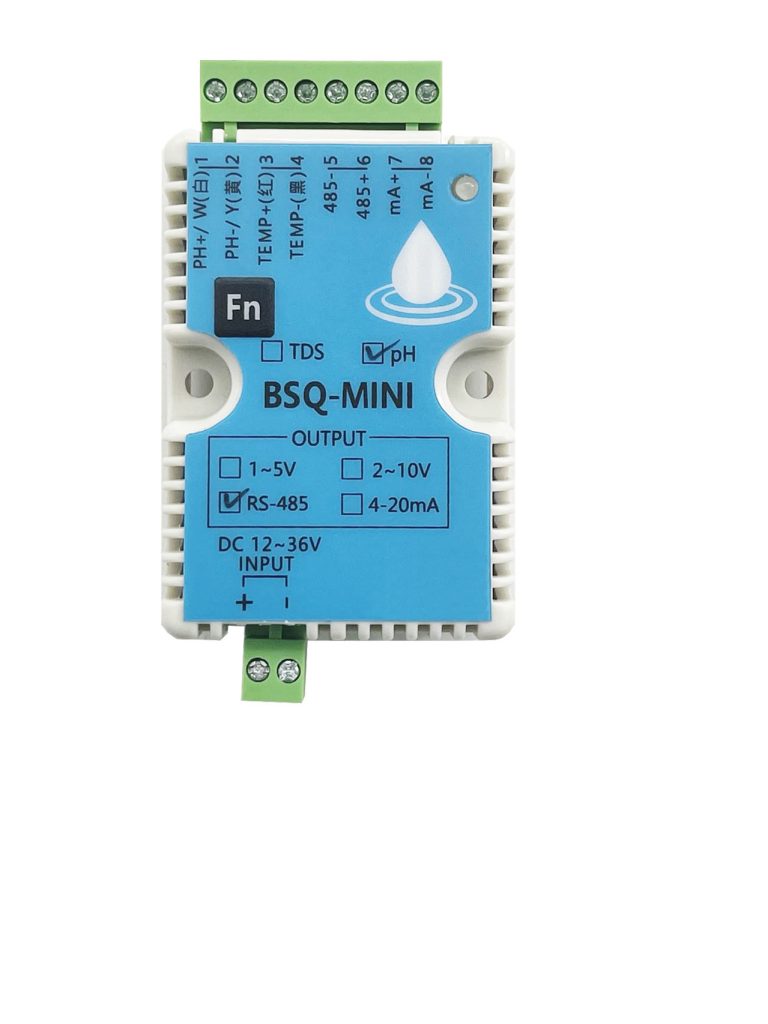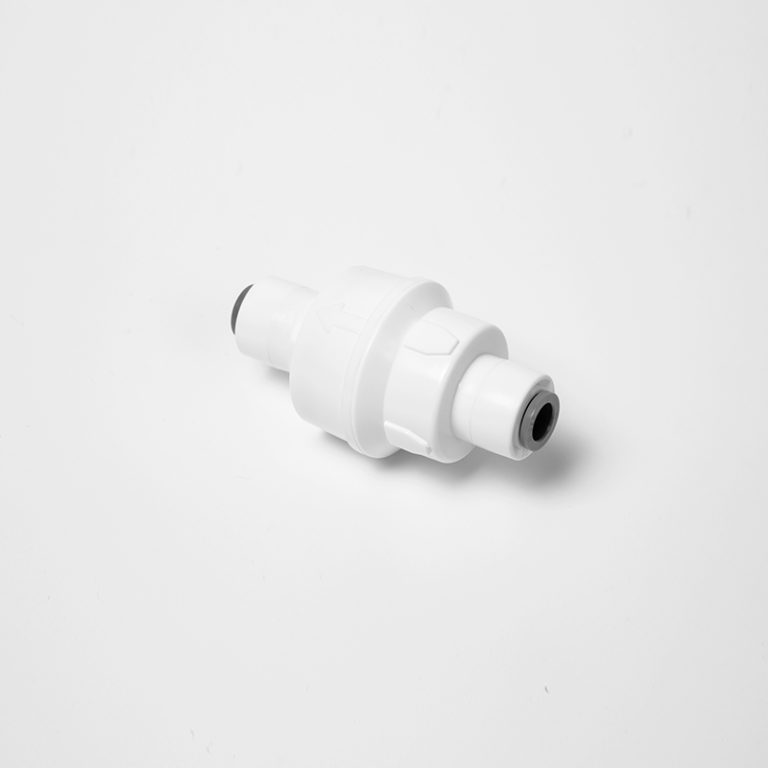Table of Contents
Investigating the Relationship Between Turbidity and Dissolved Oxygen Levels in Aquatic Ecosystems
The relationship between turbidity and dissolved oxygen levels in aquatic ecosystems is an important one to investigate. Turbidity is a measure of the amount of suspended particles in the water, and dissolved oxygen is a measure of the amount of oxygen available to aquatic organisms. Both of these factors can have a significant impact on the health of aquatic ecosystems.

To investigate the relationship between turbidity and dissolved oxygen levels, researchers typically measure the turbidity and dissolved oxygen levels in a given aquatic ecosystem. They then compare the two measurements to determine if there is a correlation between them. In general, higher levels of turbidity are associated with lower levels of dissolved oxygen. This is because the suspended particles in the water can block the sunlight that is necessary for photosynthesis, which is the process by which aquatic organisms produce oxygen.
In addition to measuring turbidity and dissolved oxygen levels, researchers may also measure other factors that can affect the health of aquatic ecosystems. These include pH levels, temperature, and nutrient levels. By looking at all of these factors together, researchers can gain a better understanding of how they interact with each other and how they affect the health of aquatic ecosystems.
The relationship between turbidity and dissolved oxygen levels is an important one to understand, as it can have a significant impact on the health of aquatic ecosystems. By studying this relationship, researchers can gain a better understanding of how to protect and preserve aquatic ecosystems.
Exploring the Impact of Turbidity on Dissolved Oxygen Levels in Freshwater Bodies
Turbidity is a measure of the amount of suspended particles in a body of water, and it can have a significant impact on the dissolved oxygen levels in freshwater bodies. When turbidity is high, it can reduce the amount of light that penetrates the water, which can limit the growth of aquatic plants. These plants are a major source of oxygen in the water, so when their growth is limited, the dissolved oxygen levels can drop.
In addition, high turbidity can also reduce the amount of oxygen that is able to diffuse into the water from the atmosphere. This is because the suspended particles can act as a barrier, preventing oxygen from entering the water. As a result, the dissolved oxygen levels can become dangerously low.
The effects of turbidity on dissolved oxygen levels can be seen in many freshwater bodies around the world. In some cases, the levels can become so low that they can no longer support aquatic life. This can have a devastating impact on the local ecosystem, as well as the people who rely on the water for their livelihoods.
| Model No. | CCT-8301A Conductivity Resistivity Online Controller Spec | |||
| Conductivity | Resistivity | TDS | Temp. | |
| Measurement range | 0.1μS/cm~40.0mS/cm | 50KΩ·cm~18.25MΩ·cm | 0.25ppm~20ppt | (0~100)℃ |
| Resolution | 0.01μS/cm | 0.01MΩ·cm | 0.01ppm | 0.1℃ |
| Accuracy | 1.5level | 2.0level | 1.5level | ±0.5℃ |
| Temp.Compensation | Pt1000 | |||
| Working Environment | Temp. (0~50)℃; relative humidity ≤85%RH | |||
| Analog Output | Double channel (4~20)mA,Instrument/Transmitter for selection | |||
| Control Output | Triple channels photo-electronic semiconductor relay ,Load capacity: AC/DC 30V,50mA(max) | |||
| Power Supply | DC 24V±15% | |||
| Consumption | ≤4W | |||
| Protection Level | IP65(with the back cover) | |||
| Installation | Panel mounted | |||
| Dimension | 96mm×96mm×94mm (H×W×D) | |||
| Hole Size | 91mm×91mm(H×W) | |||
It is therefore important to monitor turbidity levels in freshwater bodies and take steps to reduce them if necessary. This can be done through a variety of methods, such as improving wastewater treatment, reducing runoff from agricultural land, and controlling erosion. By doing so, we can help to ensure that our freshwater bodies remain healthy and able to support aquatic life.







